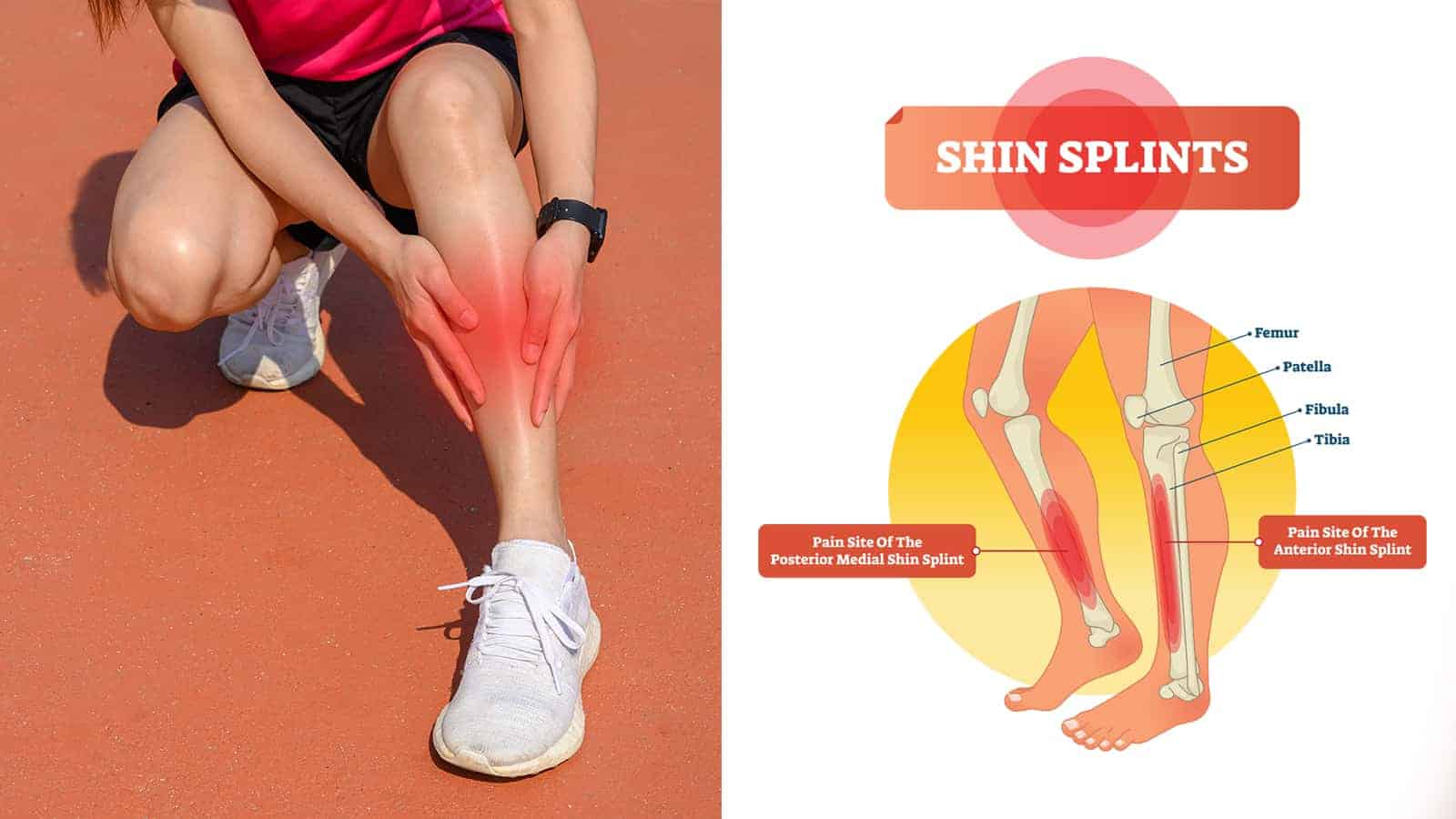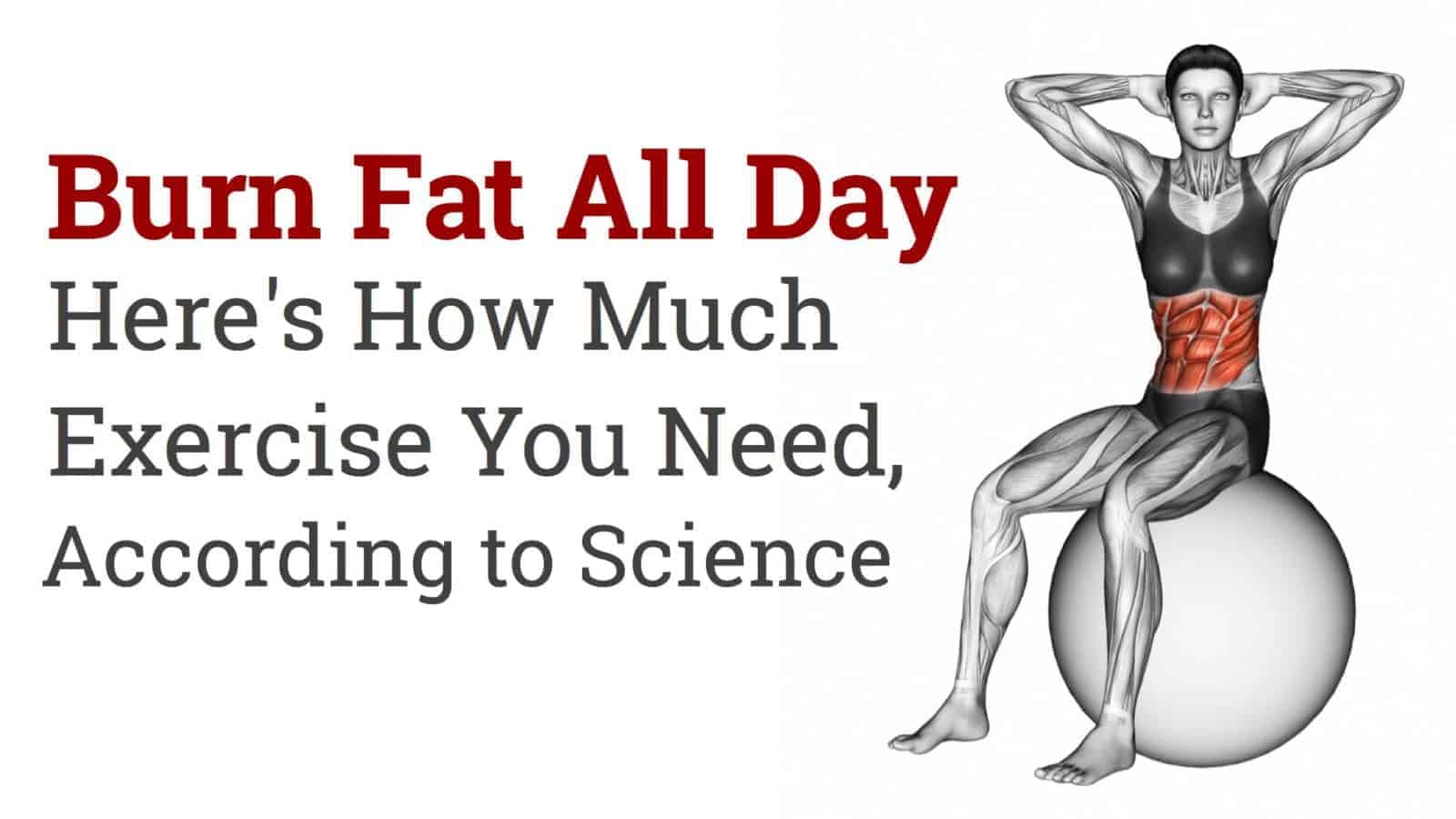Now, before you runners get things all “twisted,” please understand that the writer isn’t saying that running isn’t beneficial – under the right conditions. Indeed, running can be healthy, and most certainly for the cardiovascular system. But running probably isn’t the best form of physical activity; in fact, Harvard Medical School doesn’t even list running in the top five.
To clarify a bit more: when we say running, we mean running; not jogging. Here is a breakdown of both by:
- Pace: Jogging is defined as going six miles per hour (MPH), max. Running is anything over above that benchmark.
- Muscle activity: The faster the pace, the less time your legs spend impacting the ground. Look at sprinters (sprinting is an excellent workout by the way.) Most sprinters have lean, athletic builds. Contrast the sprinter physique with that of marathon runners, who often have a very slender build.
- Oxygen consumption: Running has jogging beat in this category. More intense exercise requires the body to spend more time and expend more energy “recovering” depleted oxygen reserves. As a result, the body burns more calories post-workout (also known as the “after-burn” effect.)
The Dangers of Prolonged, Intensive Exercise
While running once or twice a week to shed a few pounds won’t hurt, years of very intense exercise is potentially debilitating, even deadly. Dr. Peter Schnohr, a cardiologist and leading researcher who led the over 5000-person, 12-year Copenhagen City Heart Study, found that joggers had a 358% lower chance of death than non-joggers. Interestingly, high-intensity runners had the same rate of death as people who performed little to no exercise.“Strenuous exercise is thought to put additional stress on the cardiovascular system. Marathon running has … been associated with sudden death in several instances.” – Alice G. Walton
The people with the lowest death rate? Light joggers.
Dr. Schnohr, noting that light jogging falls into the “vigorous” exercise category, warns that strenuous jogging poses “health risks, especially to the cardiovascular system” when performed over the long term.
What to Do for Exercise Instead of Running
“If your goal is to decrease risk of death and improve life expectancy, jogging a few times a week at a moderate pace is a good strategy. Anything more [such as running] is not just unnecessary, it may be harmful.” – Peter Schnohr, MD (source)
So, what are some alternatives to running?
Here are five:
1. Aerobic exercise:
Moderate types of aerobic exercise – e.g., biking, brisk walking, and jogging – are excellent for promoting heart health, burning calories, and boosting mood. A simple rule to remember: if you’re unable to talk to someone while doing cardio, you’re most likely pushing too hard. Besides possibly damaging your heart, you may also cause real problems for your bones, joints, and muscles.
Try getting at least 30 minutes of moderate-intensity aerobic exercise four days per week.
2. Resistance training:
Strength training with free weights, weight machines, resistance bands, and body-resistance exercises can help burn belly fat and create lean muscle mass. Studies show that a combination of aerobic exercise and strength training may lower bad cholesterol levels as well.
Try mixing in two nonconsecutive days of resistance training per week.
3. Circuit training:
Circuit training involves a variety of strength training exercises with little or no rest between sets. While this type of exercise will surely get your heart pumping, most circuit training programs and techniques call for just a few minutes per cycle.
While circuit training is classified as a resistance type of exercise, you may also incorporate some cardio as well. Every other week, do circuits in place of either aerobic or resistance training.
4. Rowing:
For those of us who hate the idea of a stationary bike or treadmill, a rowing machine is a great option. Rowing machines provide an excellent upper-body workout, including the lat muscles in the lower back. Rowing also works on the leg’s calve muscles, quadriceps, and hamstrings.
This exercise can be done as either a complimentary exercise or standalone workout.
5. Yoga:
Yoga is the ultimate flexibility and durability workout. Moderate to advanced yoga will also give you one heck of an upper body workout. Authentic “guru-inspired” yoga brings benefits to both mind and body. For this reason, make sure to do your research before signing up for anything.















 Community
Community

